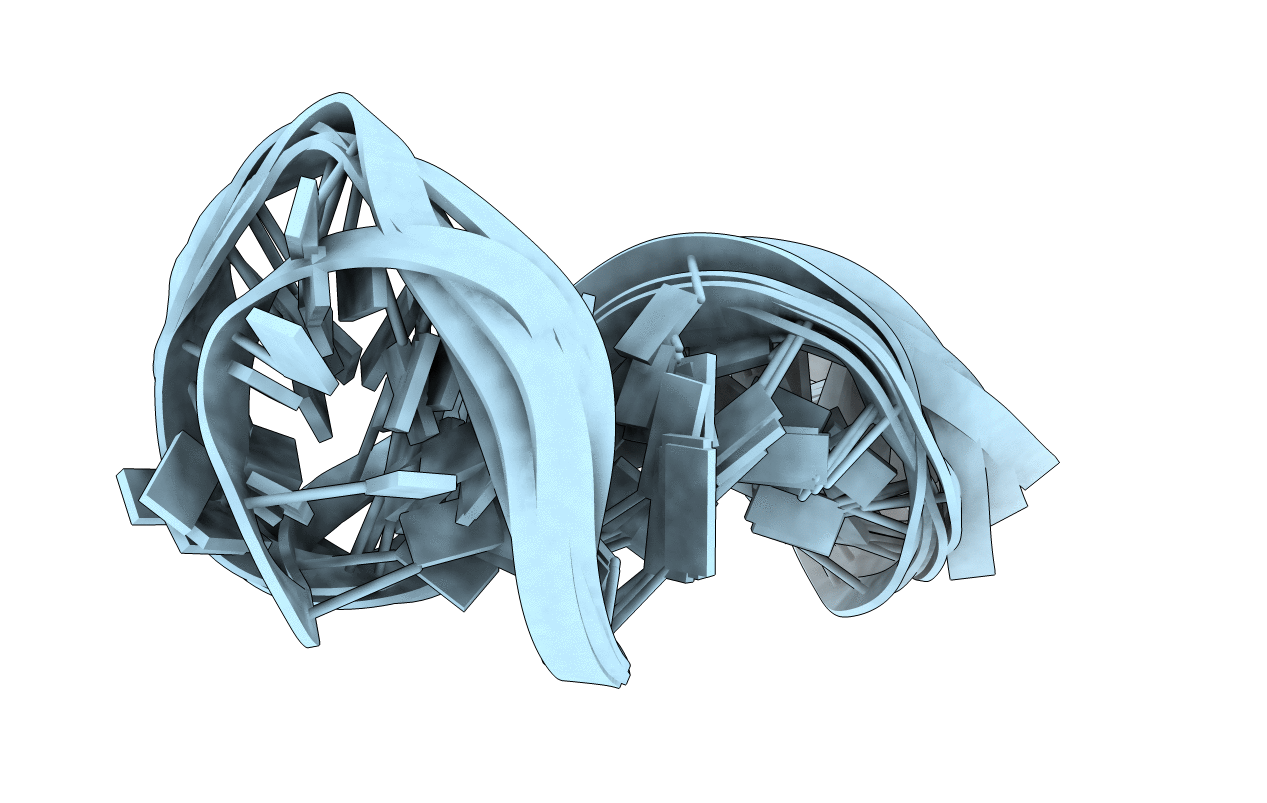
Deposition Date
2002-12-17
Release Date
2003-06-10
Last Version Date
2024-05-22
Entry Detail
PDB ID:
1NGU
Keywords:
Title:
NMR Structure of Putative 3'Terminator for B. Anthracis pagA Gene Noncoding Strand
Biological Source:
Source Organism:
Method Details:
Experimental Method:
Conformers Calculated:
100
Conformers Submitted:
5
Selection Criteria:
Submitted conformers include minimized average from molecular dynamics and 4 representative diverging structures.


